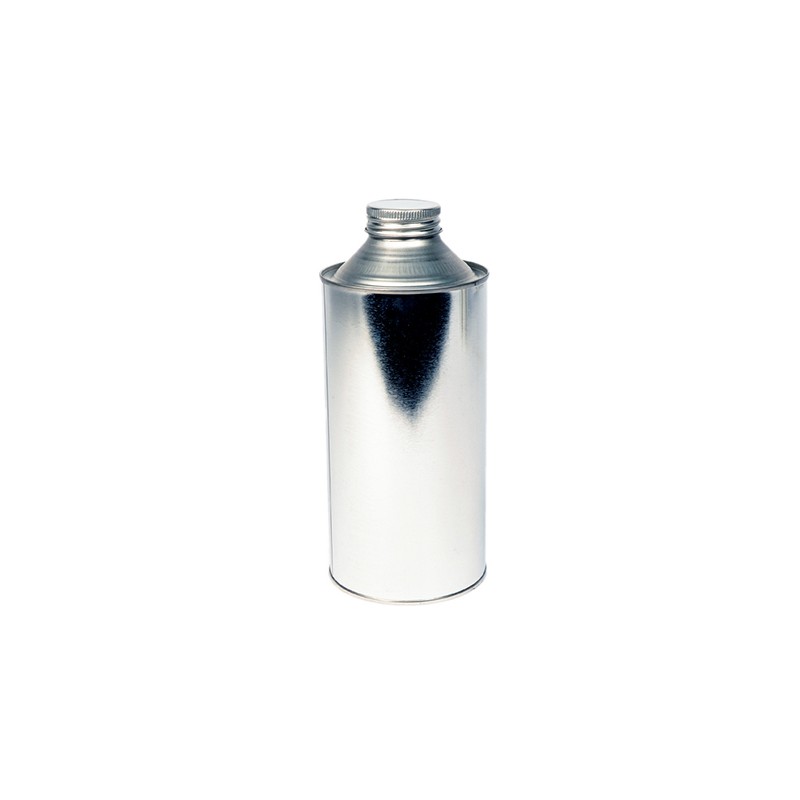

No supplier


Polyalkylene glycol lubricant.
Only professional use.
 Security policy
Security policy
(edit with the Customer Reassurance module)
 Delivery policy
Delivery policy
(edit with the Customer Reassurance module)
 Return policy
Return policy
(edit with the Customer Reassurance module)
Compressor oil plays a key role in the appropriate and long term functioning of compressors. As it is responsible for making a proper film layer between the moving parts (e.g. piston, cylinder), and for cooling the components, therefore it is very important that what kind of combination ability the specific compressor oil has with the refrigerant, and what kind of viscosity index belongs to the given oil.
One of the important criteria in case of compressor oil is its viscosity. The term viscosity describes the given liquid’s resistance to flow, so an oil with bigger viscosity flows less, and an oil with lower viscosity is thin fluid. The kinematic viscosity describes the oil’s flowing time on a given temperature, its unit in the SI-system is mm2/s, or the commonly used centiStoke (cSt). Thus 1 cSt ≈ 1 mm2/s. In the base of this kinematic viscosity the ISO 3448:1992 standard defines a viscosity group system which determines the minimal and maximal kinetic viscosity point of a given oil on 40° Celsius. The avarage value derived from this two points indicates the name of the given group. Accordingly, e.g an oil which has a minimal viscosity of 90 mm2/s, and a maximal viscosity of 110 mm2/s, takes place in the ISO VG 100 group. (The VG means Volume Group). Though viscosity is affected by several factors (e.g. the kinetic speed of the components, and the quality of machining), esentially it needs to be striving after picking the lower but still satisfying viscosity classification. (You can get further information about other ISO viscosity groups if you click on the button named Viscosity of Compressor Oils below this description.)
The other critical characteristic of compressor oils which is important in case of cooling the components is the alteration of viscosity due to temperature changing. The alteration of viscosity is described by the viscosity index (VI) which shows that how the viscosity of the given oil changes due to temperature changing, so the index number indicates the alteration of viscosity, not the viscosity itself. You can get further information about viscosity index and and its determination process if you click on the button named Determining the Viscosity Index of Compressor Oils below this description.)
The PAG oils are based on Polyalkylene Glycol and they are fully synthetic. One of these oil’s key feature is hygroscopy, which is the ability of binding environment’s humidity. Due to the ability of that binding the humidity of environment, it needs to be handled carefully, after taking it is worth to close its container in the proper way. In spite of hygroscopy, these oil does not dissolve in water.
The PAG 100 compressor oil can be used in the presence of R134a refrigerant for lubrication of the compressor of the automotive air conditioner.
In the process of selecting the compressor oil, you should take into consideration the instructions of the manufacturer. Using not the proper oil can cause dysfunction, and led to breakdown.
Synthetic polyol ester lubricant. Exceedingly suitable for playing as the lubricant of vacuumpumps.
Synthetic polyol ester lubricant. Product image illustration. The appearance of the product label may vary.

Polyalkylene glycol lubricant.
Only professional use.